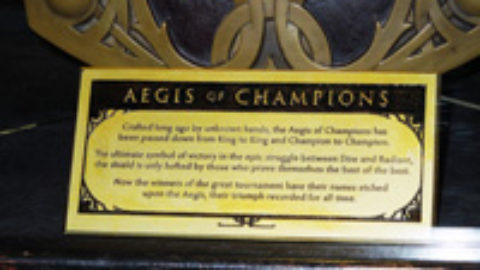I’ve never played Entropia Universe. The only thing I know about the game is that a virtual asteroid sold for $330,000 (real money) this year according to Tom Chatfield, a longtime gamer. He is also the arts and books editor at the UK current-affairs magazine Prospect. In his book Fun Inc., he argues that games, with their immersive quests and deeply satisfying (and carefully designed) virtual rewards, are a great place to test new approaches to real-world systems that need a reboot. $8 billion of real money was spent last year on virtual icons.
Building a virtual Titan Class spaceship in another games gets 200 people from around the world working together for 56 days, intrinsically motivated to create something where both the process and the product have only intrinsic reward. That should get every business leader’s attention.
Clearly this is much more than Monopoly, Scrabble, or Cranium to those who are in to it. I am fascinated by all that I don’t yet understand about gaming. Chances are that I won’t become a gamer but I am real interested in what there is for leaders to learn from the world of gaming.
I stopped into Best Buy to learn more. The college age salesman took me back to the gaming area and began to educate me. Overhearing our discussion, Bob joined in. Bob is a 54-year-old engineer who works for an aerospace company. He has been online gaming since there was online gaming. He is the leader of his Guild (the group he plays with) which has players of all ages around the world including his son and daughter who live in Germany. Jerry, the young salesman spends about $200/month on-line gaming.
Tom Chatfield’s 16 minute TED talk: 7 Ways Games Reward the Brain tells an exceptionally interesting story about the growth and value of gaming. What I found most amazing is the volume of behavioral data that gaming collects and translates into player motivation that is built into the game to keep players playing their best games.
Keep players playing their best game sounds like a leader’s primary accountability. Gaming does it by:
- Measuring progress persistently & visibly.
- Multiple long and short-term aims
- Reward effort
- Rapid, frequent, and clear feedback
- An element of uncertainty
- Windows of enhanced attention – turn up the focus, heat and required engagement for a reasonable period
- Other people create a player developed self-enforced currency
You may do annual performance reviews. Some are reasonably good. Others are awful. Good or bad your leader’s toolbox needs a lot more than annual performance review if you are committed to keeping your players playing their best games. Watch Tom’s talk. You will be inspired by at least one of the seven.
Try something new to get stronger engagement and better performance in your group, team, guild, crew. I’m the Outsider and that’s what I think.


